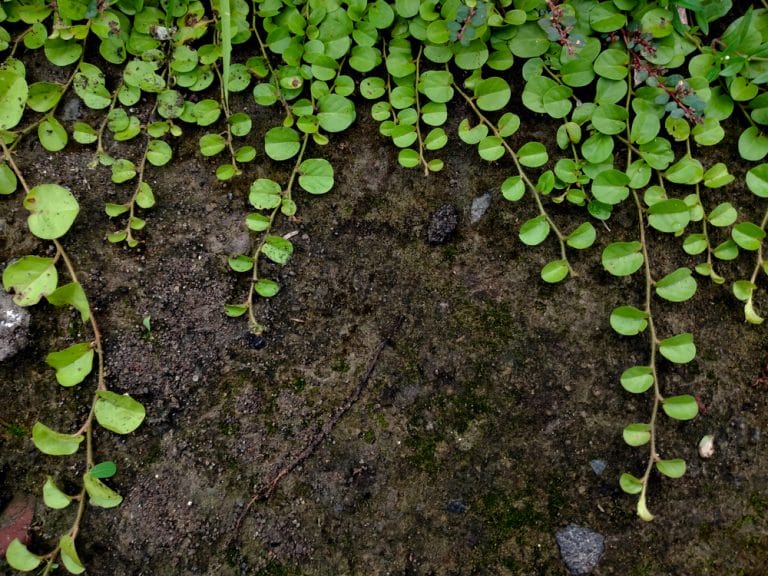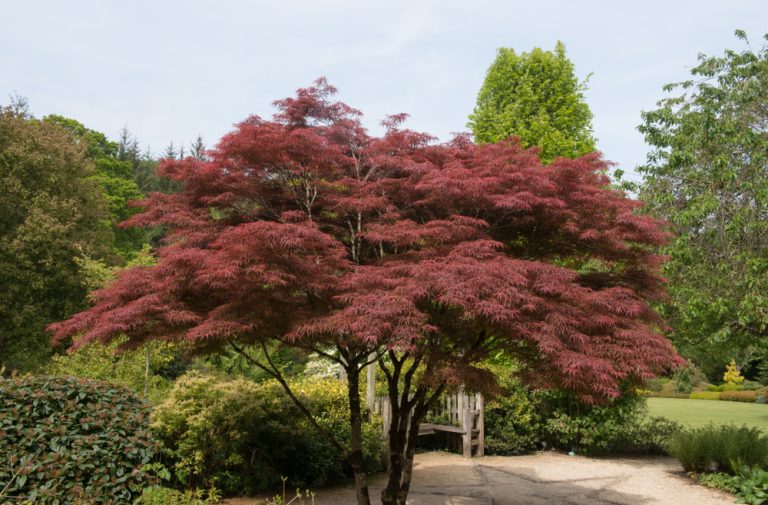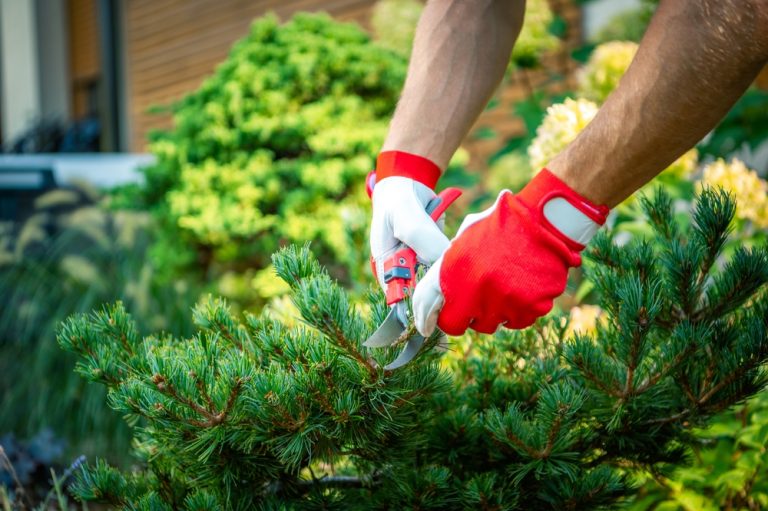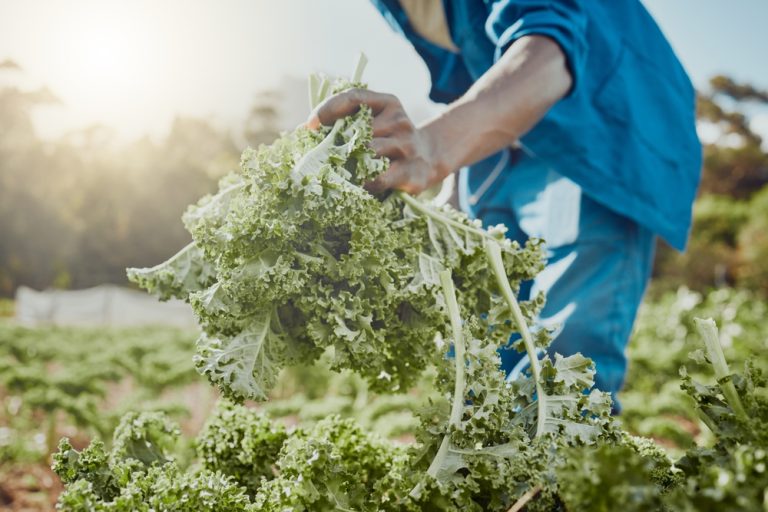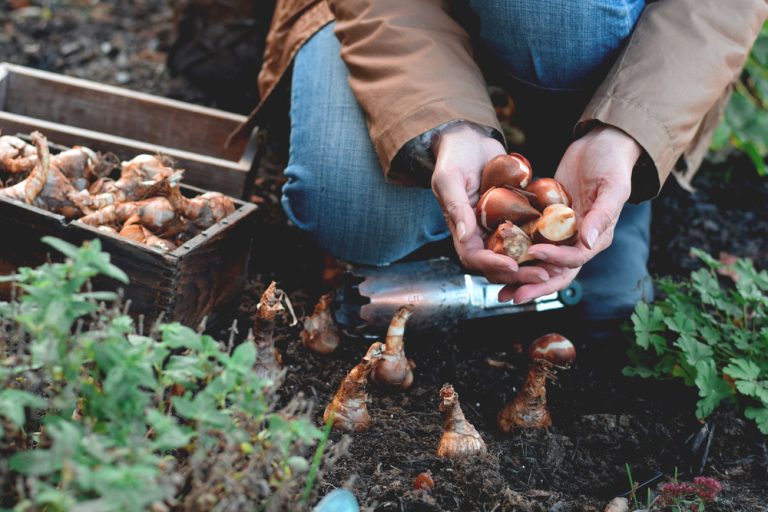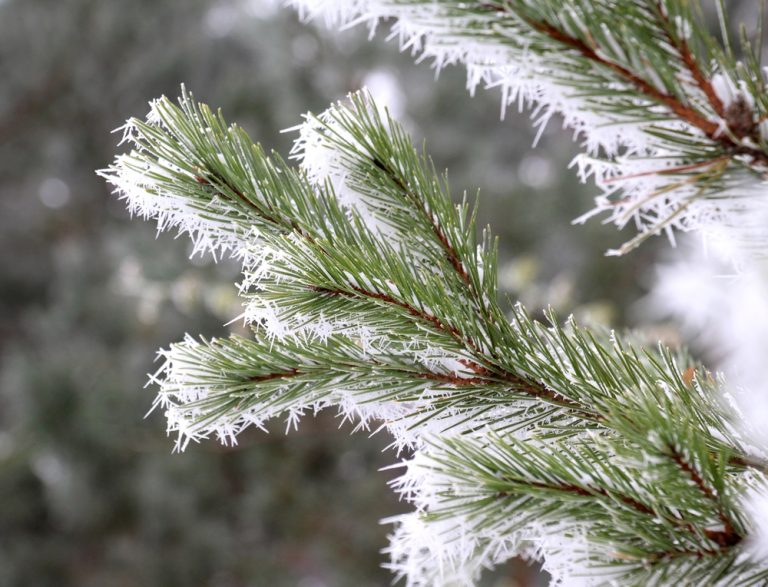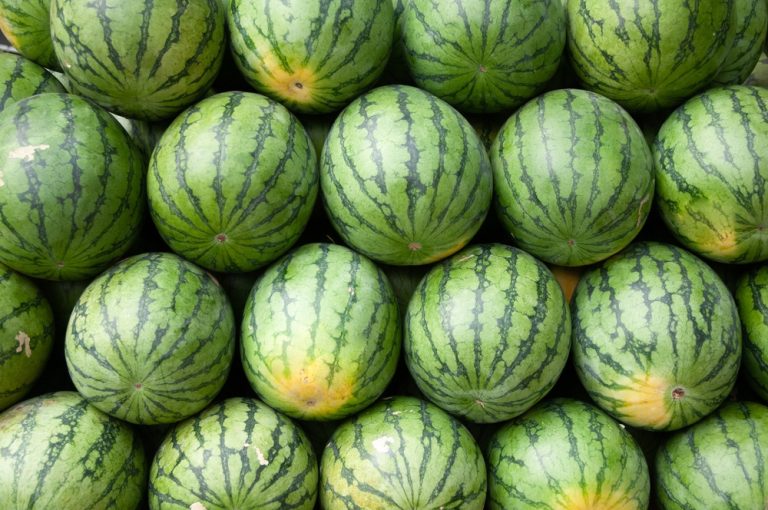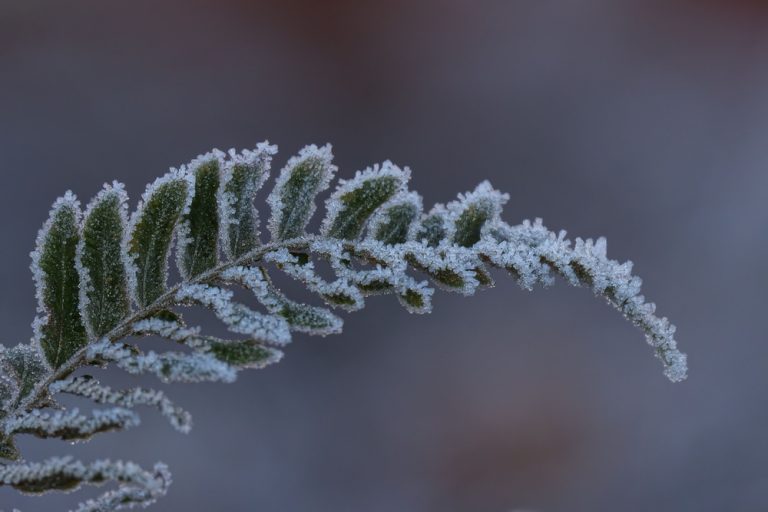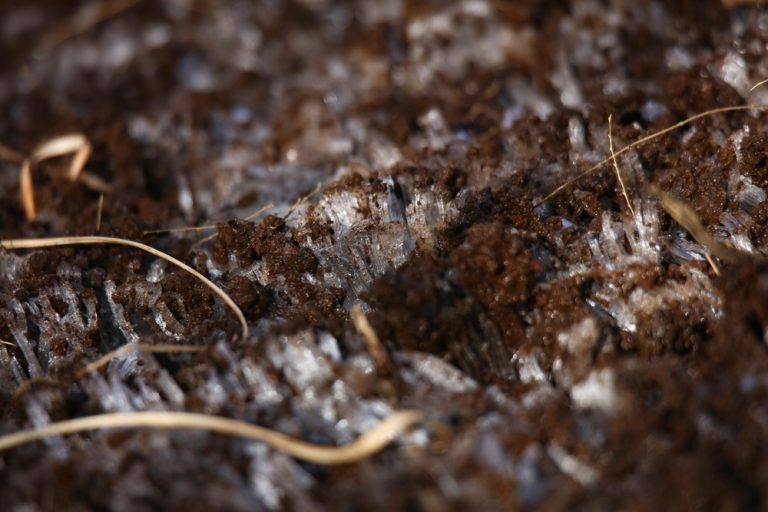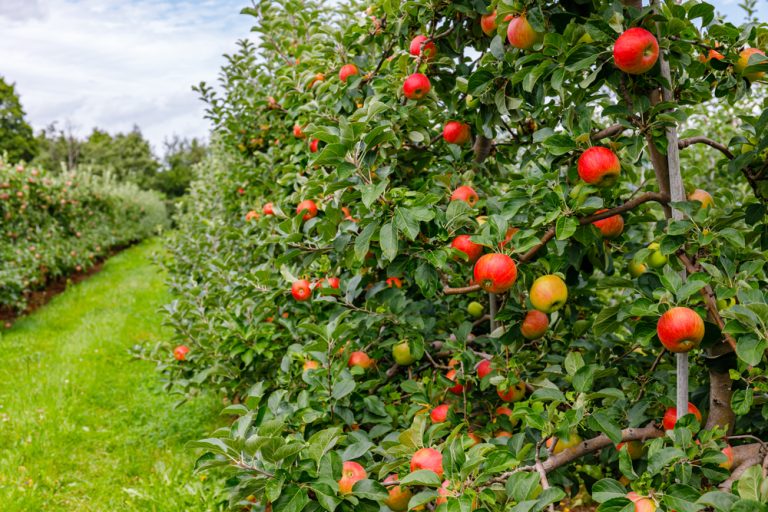Some sneaky plants wait for the chillier months to unleash absolute chaos in your yard. While most of your garden is winding down, preparing for a peaceful seasonal nap, these botanical troublemakers are just getting started. They creep, crawl, root, and sprint across soil like they’ve been training all summer for this exact moment. The…
plant growth
10 Ornamental Plants That Glow in Fall Sunlight
There’s something magical about autumn sunlight—it’s softer, warmer, and somehow makes every color look richer. The way it dances across a garden at golden hour can make even the simplest plant look like it’s been dusted with gold. But some plants don’t just reflect that light—they glow in it, turning your backyard into a living…
Why Evergreen Plantings Provide More Than Color
Step outside in winter and look around—when everything else fades into shades of gray and brown, those deep green pines, glossy hollies, and sprightly junipers are still standing tall like nature’s loyal soldiers. They’re the last ones holding the line, quietly reminding you that not everything has to disappear when the temperatures drop. But evergreens…
8 Cold-Tolerant Greens to Plant in September
Summer’s not the only season for fresh greens—and if you think your garden’s done for the year, think again. September might bring cooler mornings and earlier sunsets, but it’s also prime time to plant hearty, frost-loving greens that thrive when temperatures drop. These resilient plants laugh in the face of chilly weather and reward you…
11 Plants That Self-Seed Perfectly in Fall
There’s something magical about a garden that takes care of itself. You plant it once, sit back, and watch as nature quietly takes over—scattering seeds, sprouting new life, and painting your yard with color year after year. Fall is prime time for this magic. As the air cools and the leaves tumble down, self-seeding plants…
How Temperature Fluctuations Impact Fall Growth
You can smell it in the air—the crispness, the falling leaves, the pumpkin spice invasion. Fall is here, and with it comes one of nature’s biggest balancing acts: temperature swings. One week, you’re in shorts; the next, you’re layering up like you’re hiking Everest. But while we humans grumble about it, plants and lawns are…
6 Fruits That Actually Taste Better After a Chill
Here’s the thing about fruit: we’re so used to eating it straight from the counter that we forget how much a little cold can transform it. Pop a peach, a bunch of grapes, or even a watermelon into the fridge for a bit, and suddenly, it’s a completely new experience—brighter, juicier, and somehow more satisfying….
How to Harden Off Plants Before the First Frost
The calendar says “autumn,” but your garden still thinks it’s July. The air’s a little crisper, the sun a little lower, and you’re starting to eye your leafy babies with mild panic. After months of tender care—watering, feeding, and even talking to them (we won’t judge)—you can’t just let the first frost roll in and…
7 Native Shrubs to Plant Before the Ground Freezes
You can feel it—the air is crisper, the days are shorter, and your coffee suddenly tastes better outside in a sweater. Fall is here, and so is that narrow window of time before the ground freezes solid and locks you out of your garden until spring. But here’s a little secret most casual gardeners don’t…
Why Autumn Is Ideal for Planting Fruit Trees
There’s something undeniably magical about autumn—the crisp air, the crunchy leaves, and the sudden urge to sip cider while wearing your coziest flannel. But beyond the pumpkin patches and harvest festivals, fall hides one of gardening’s best-kept secrets: it’s actually the perfect time to plant fruit trees. While most people assume spring is planting season,…
